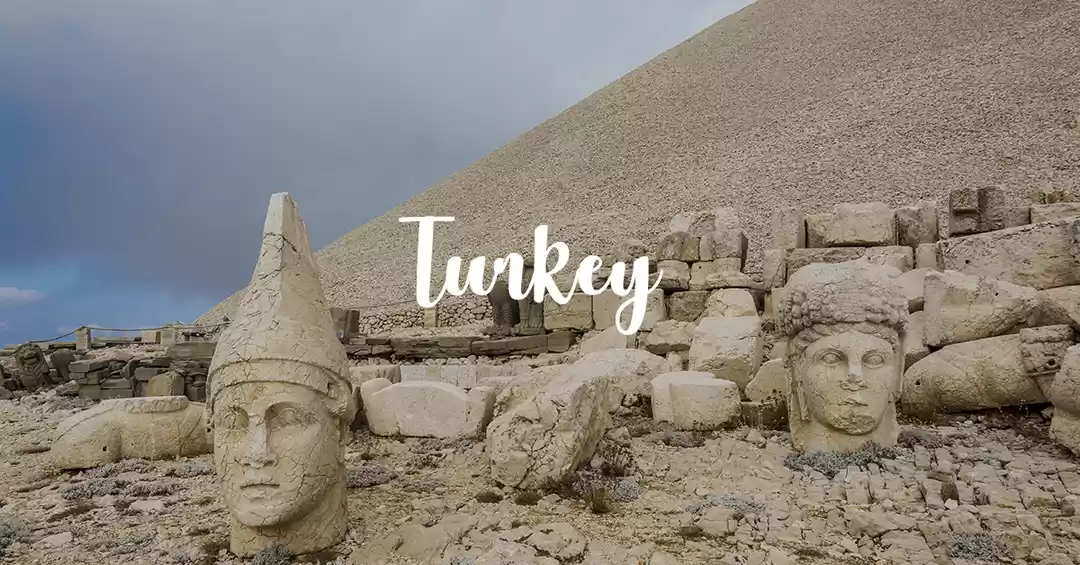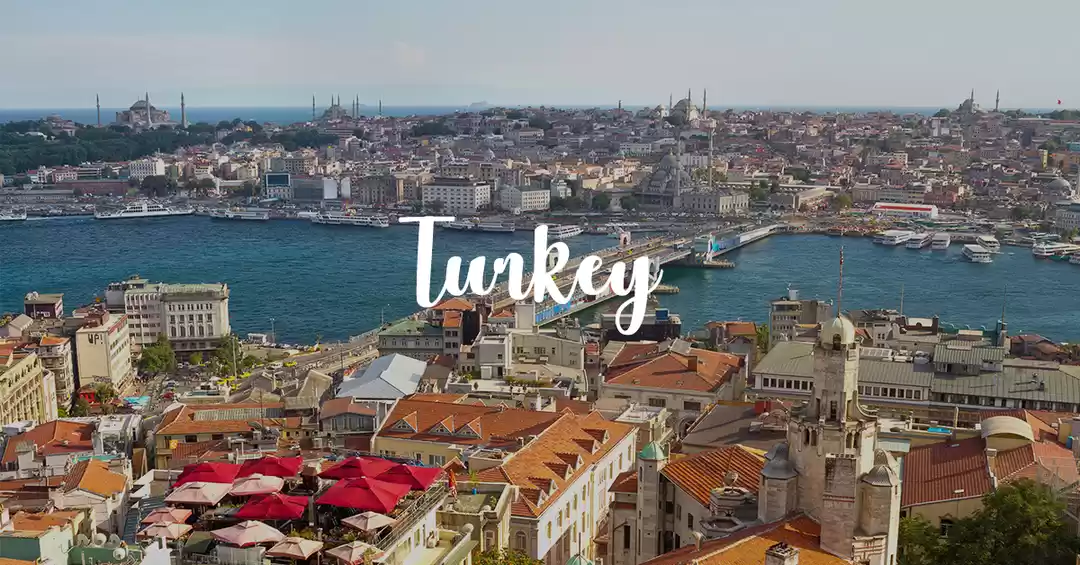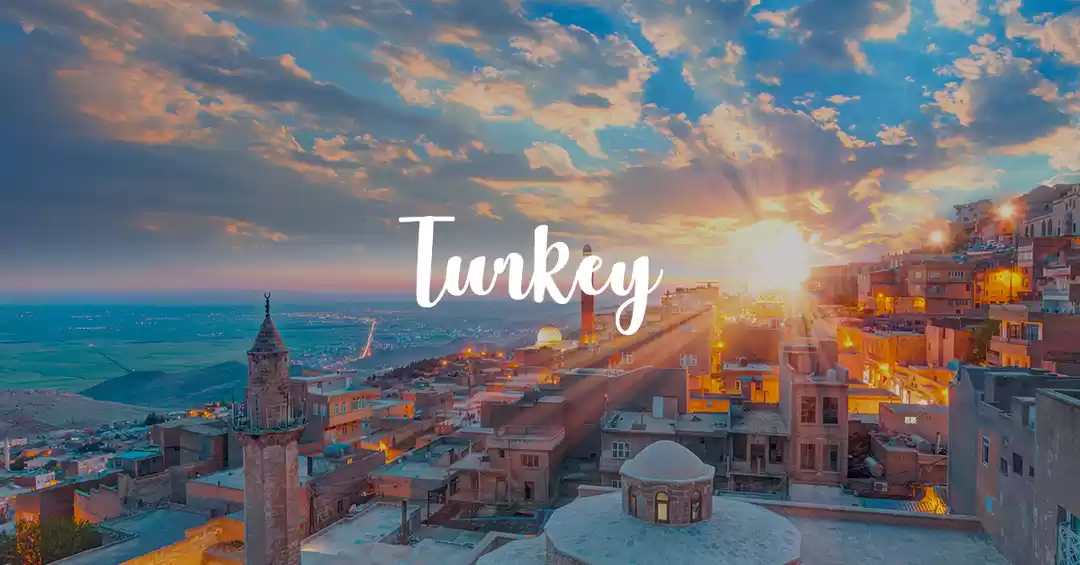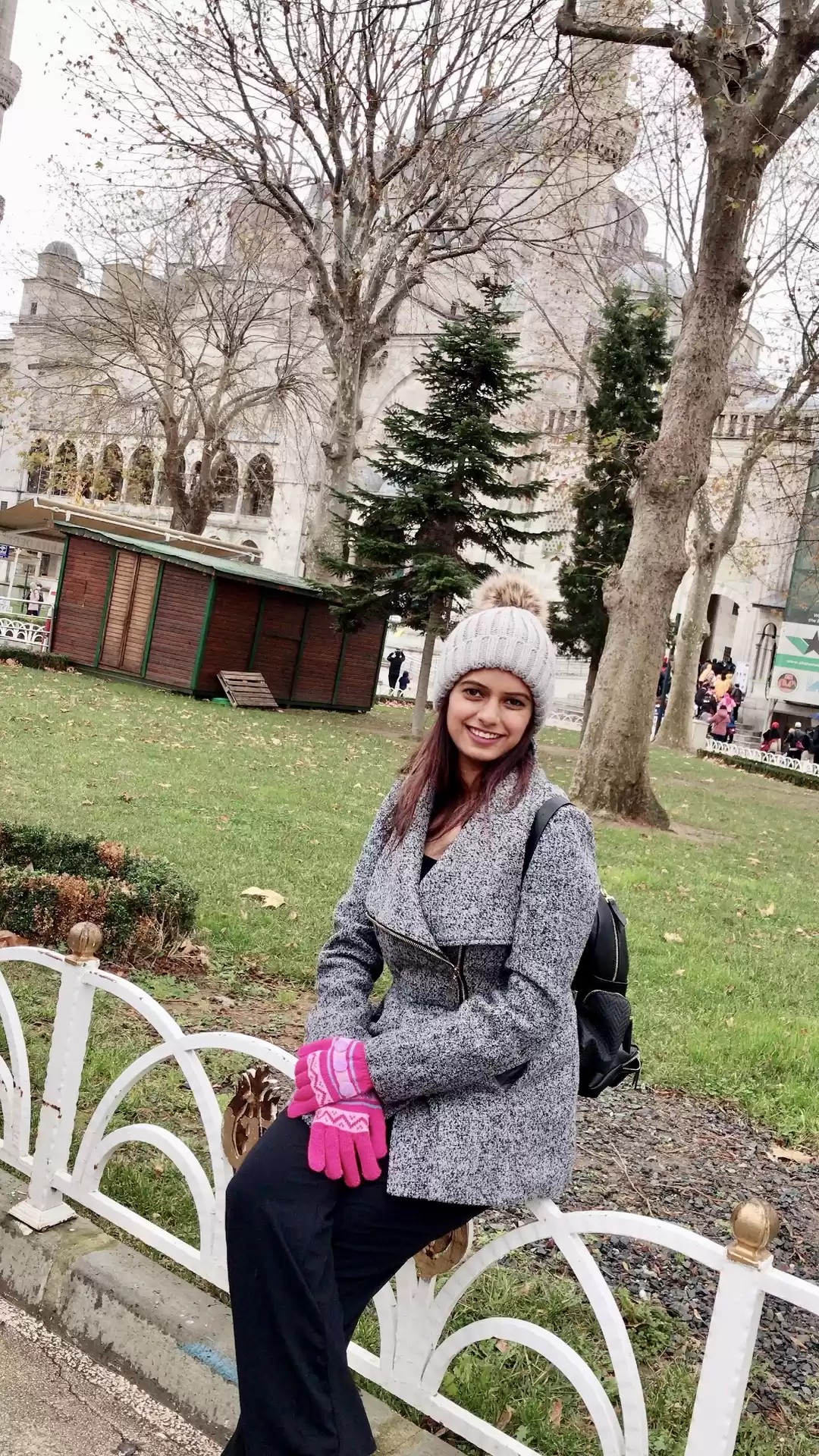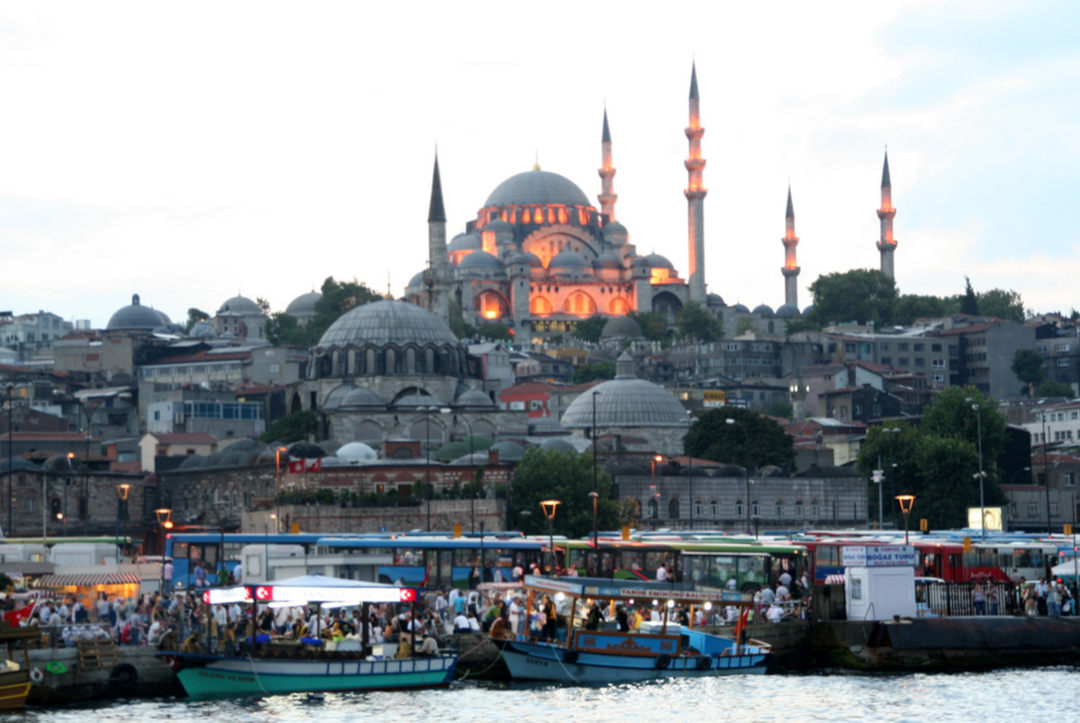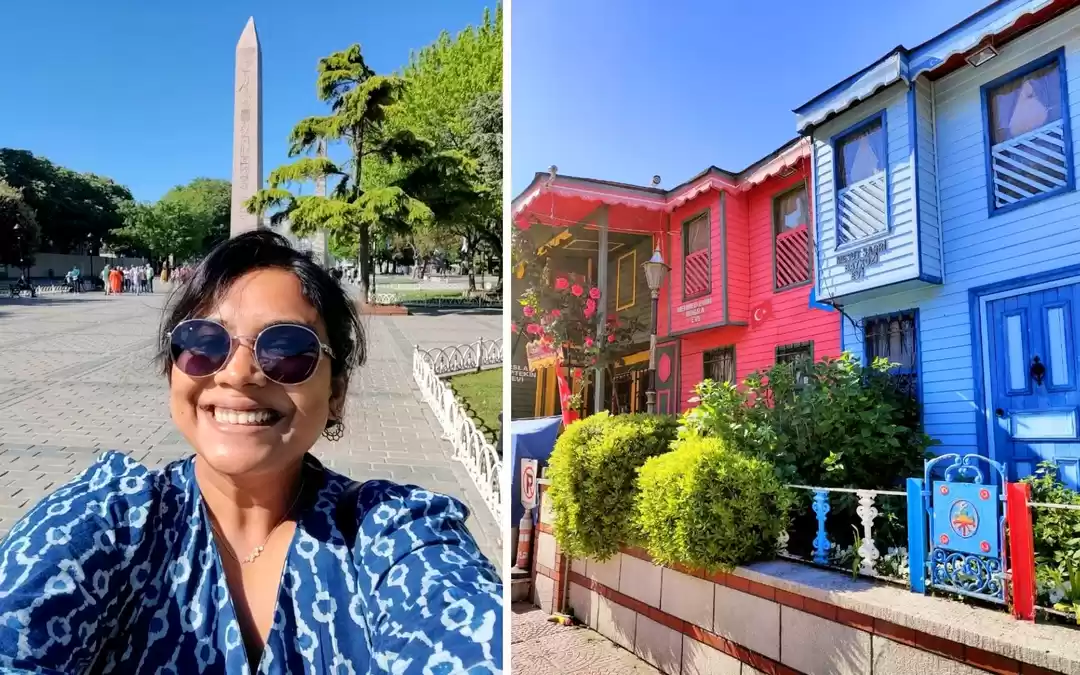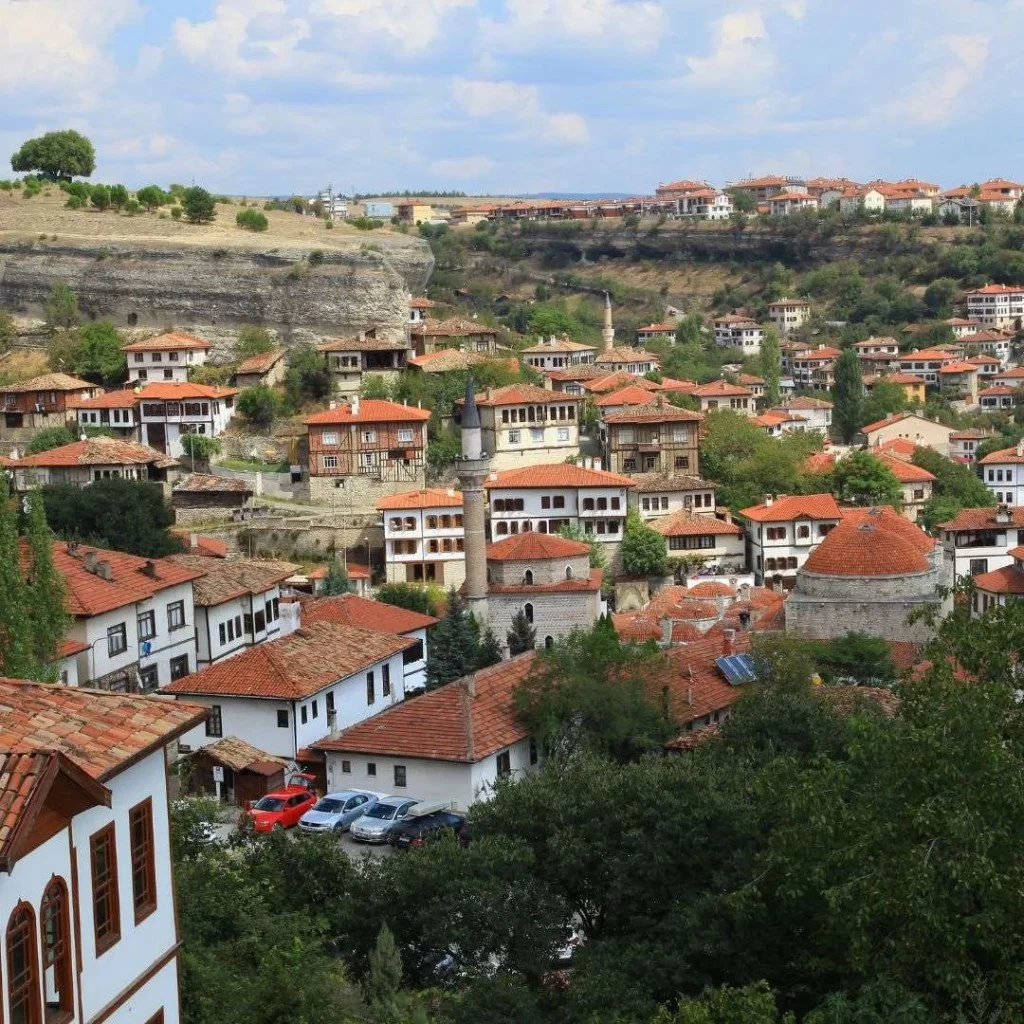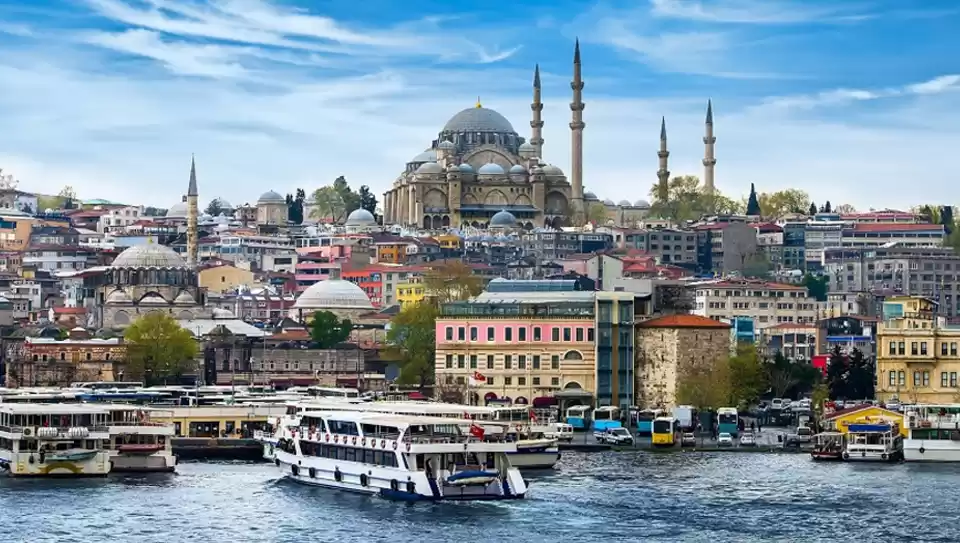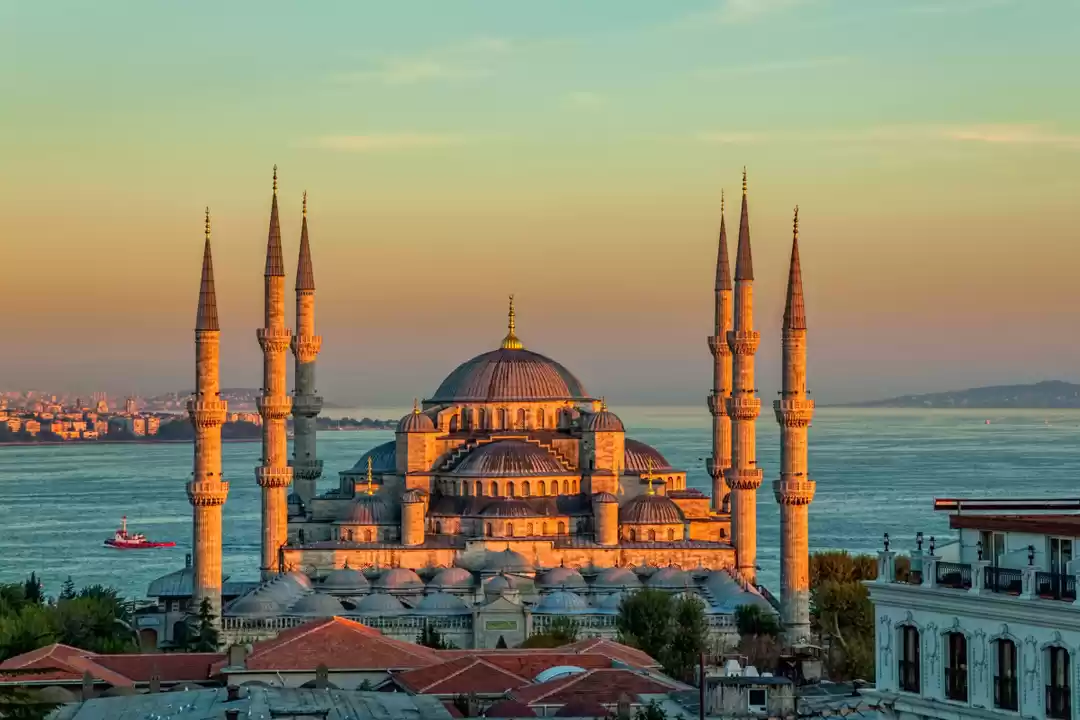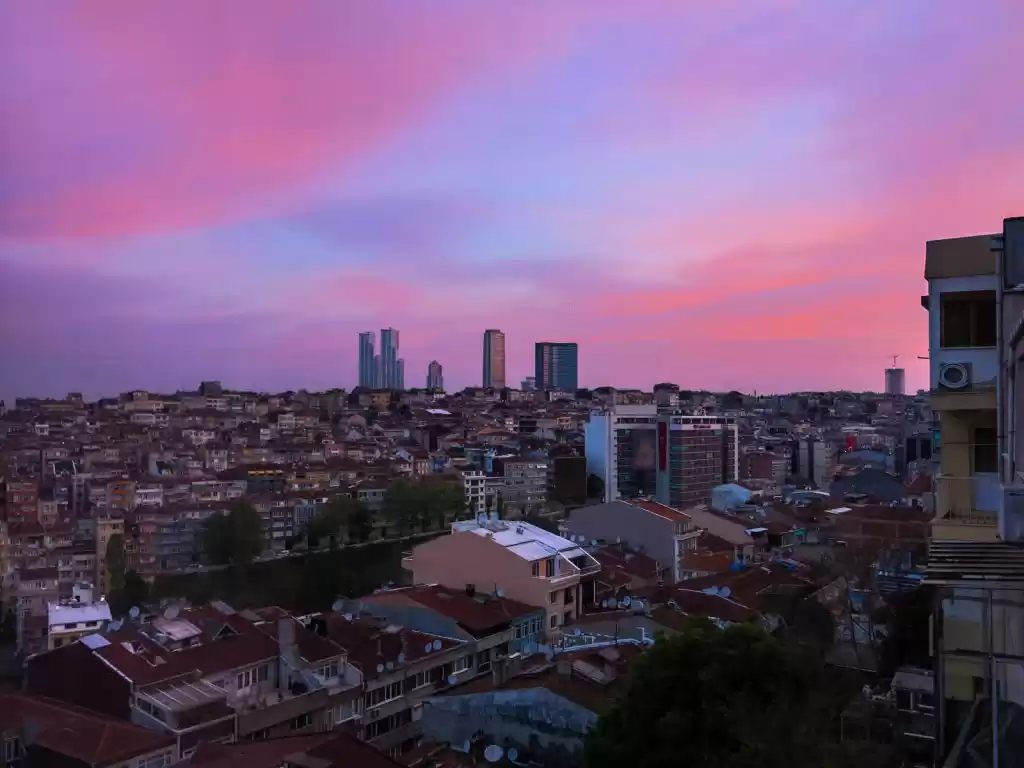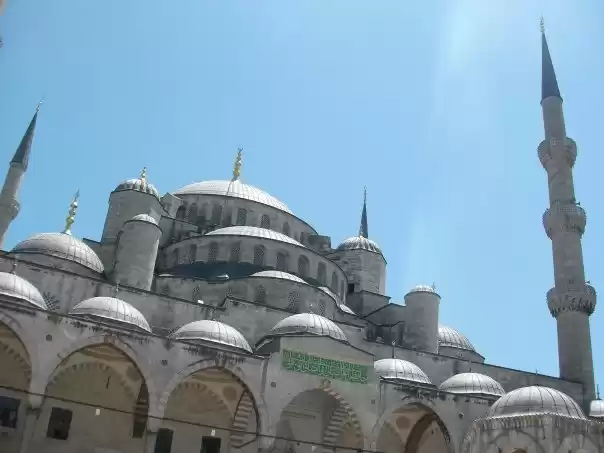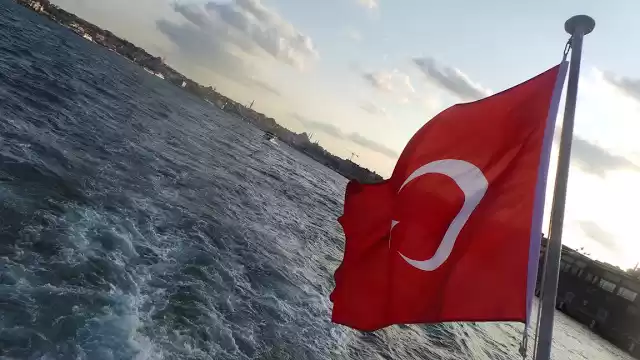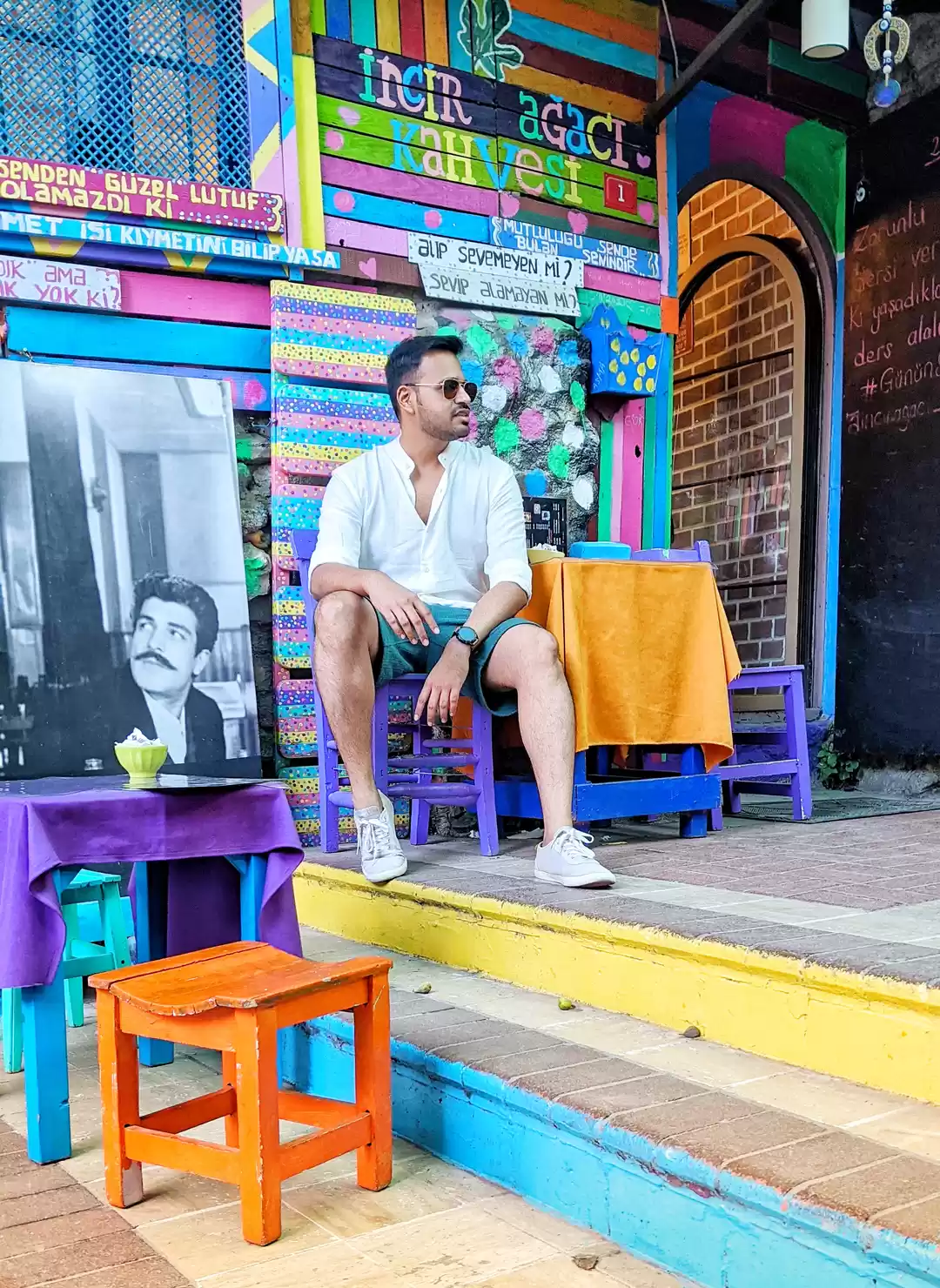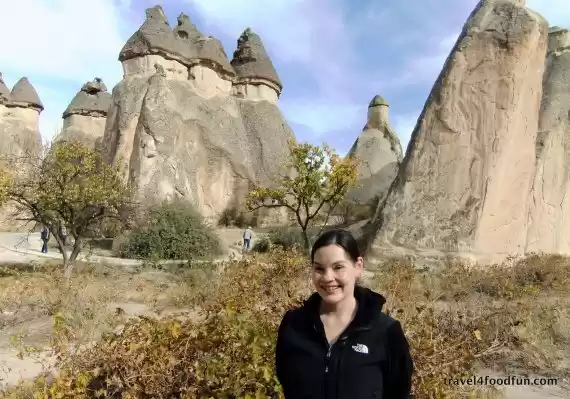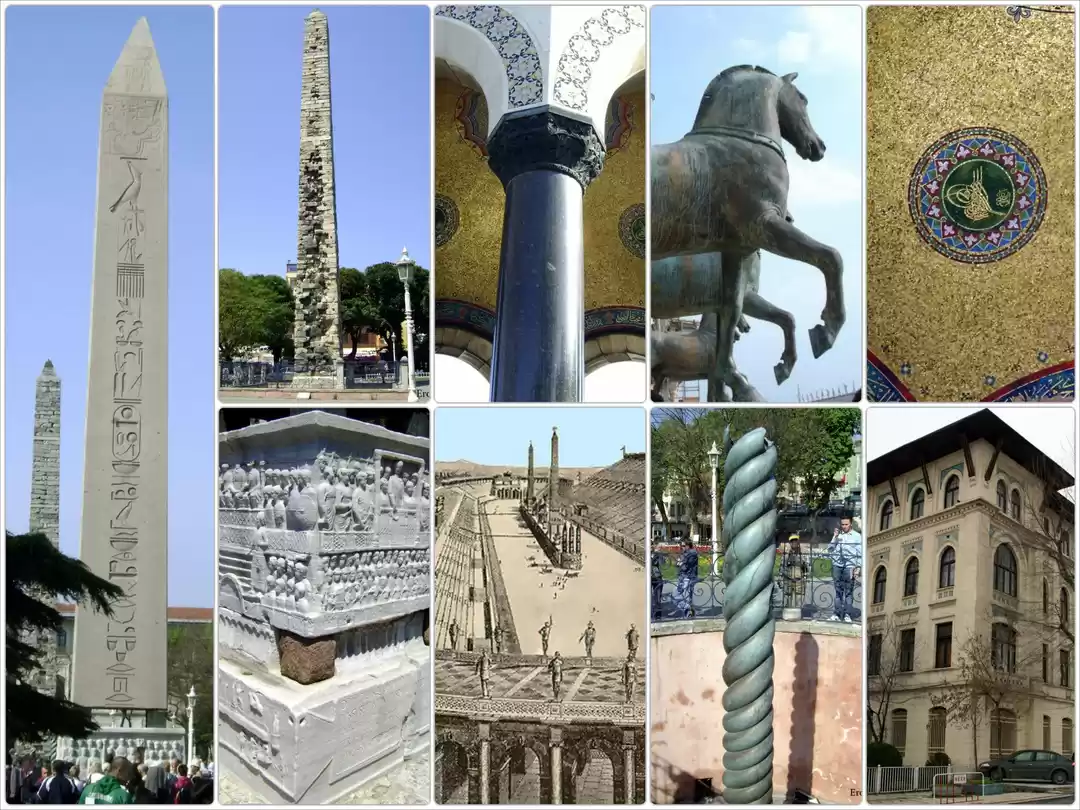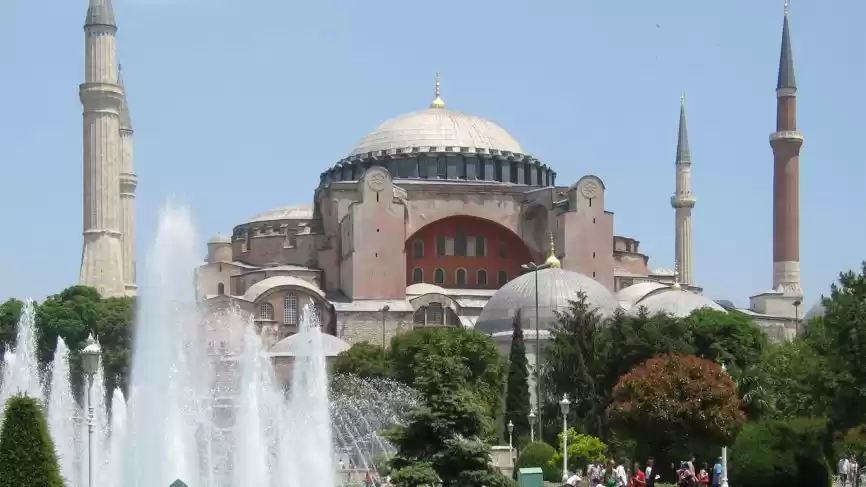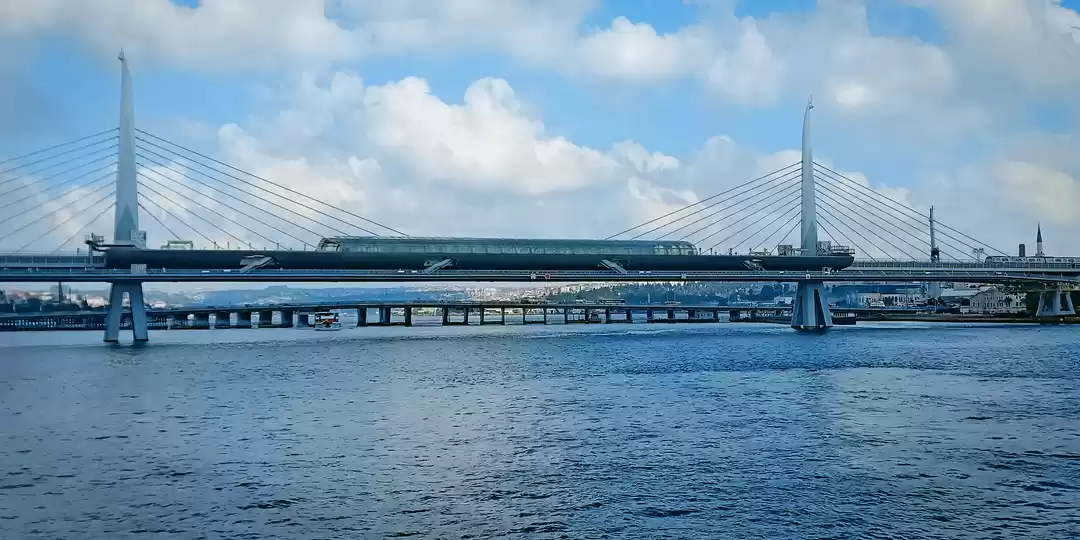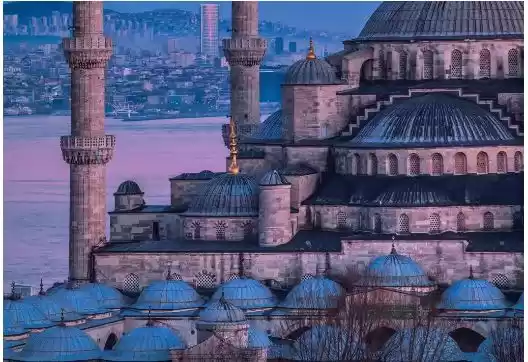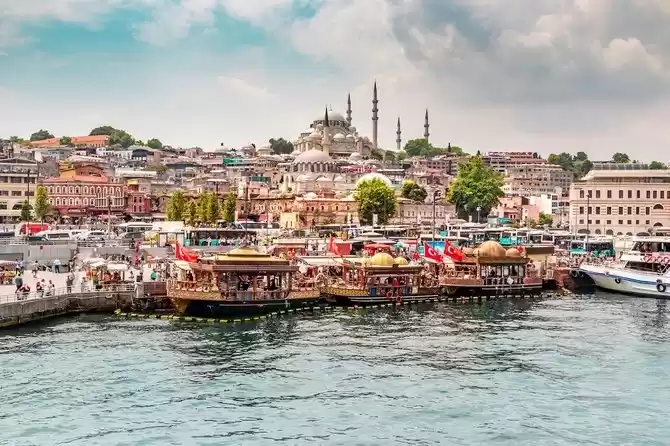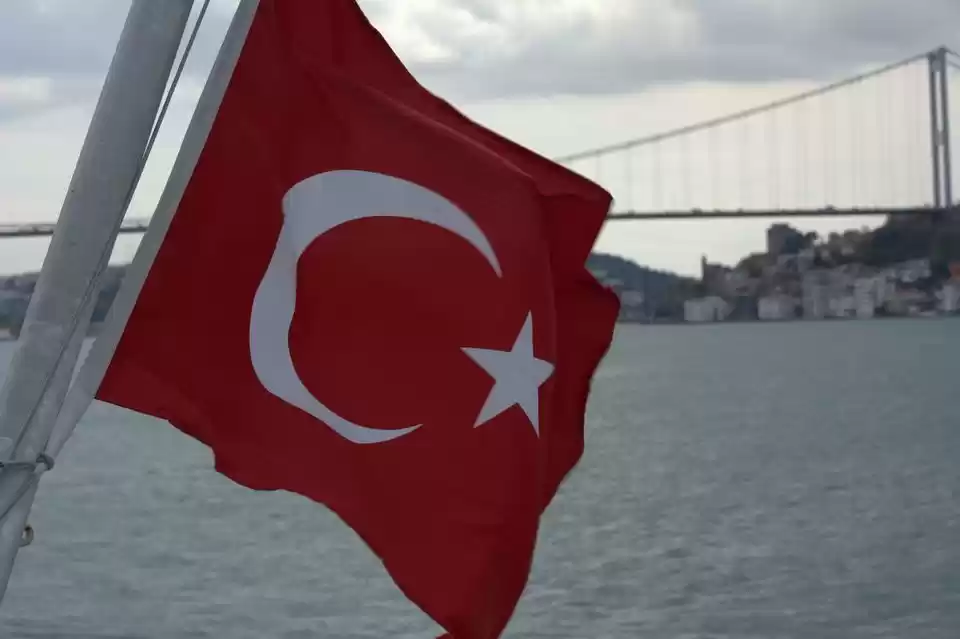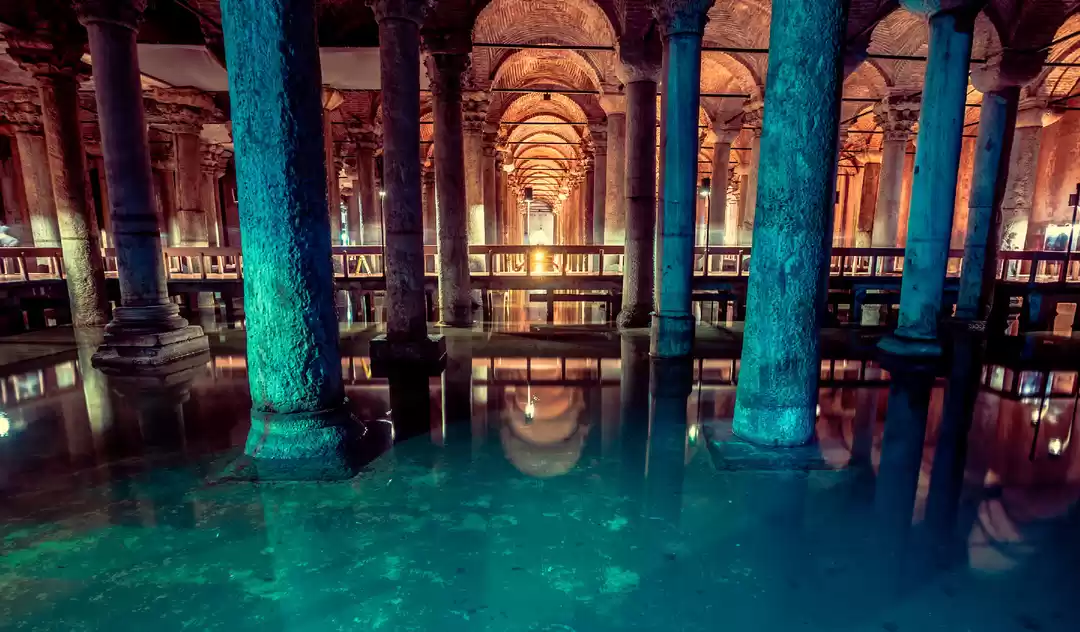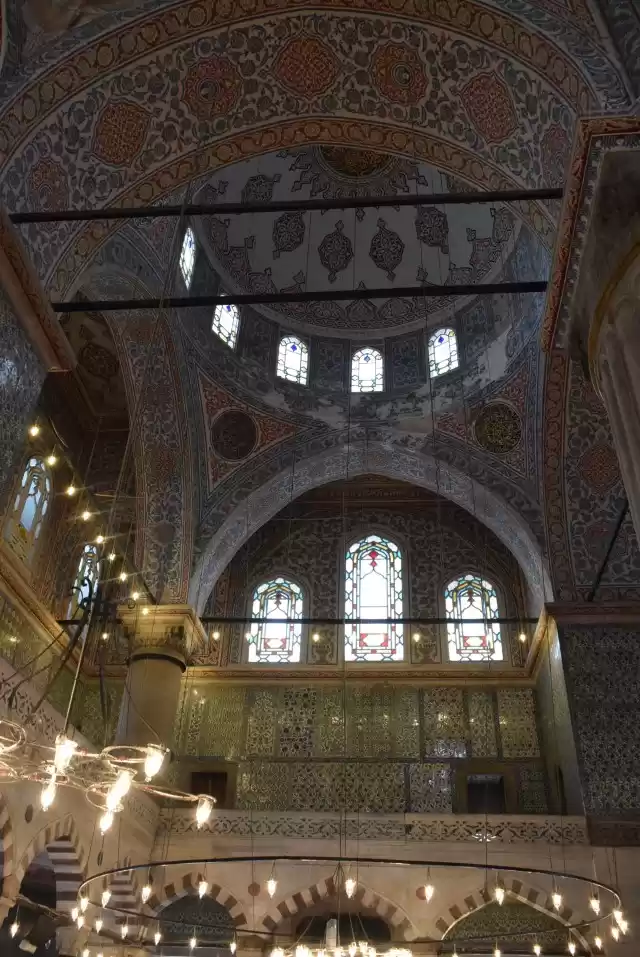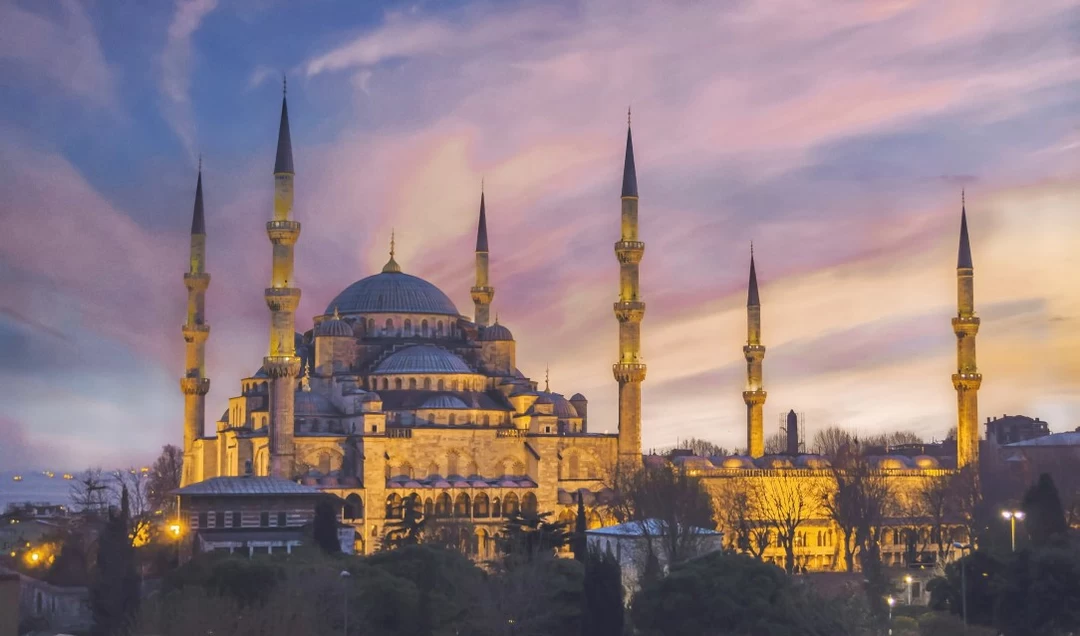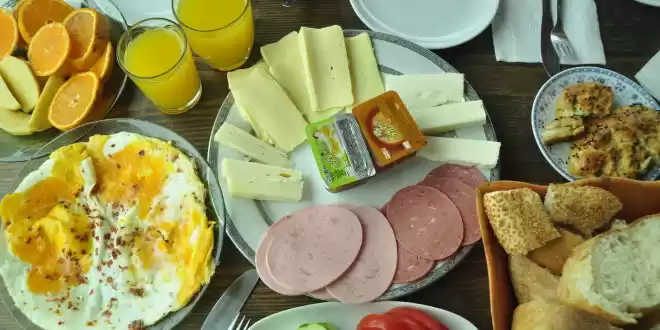
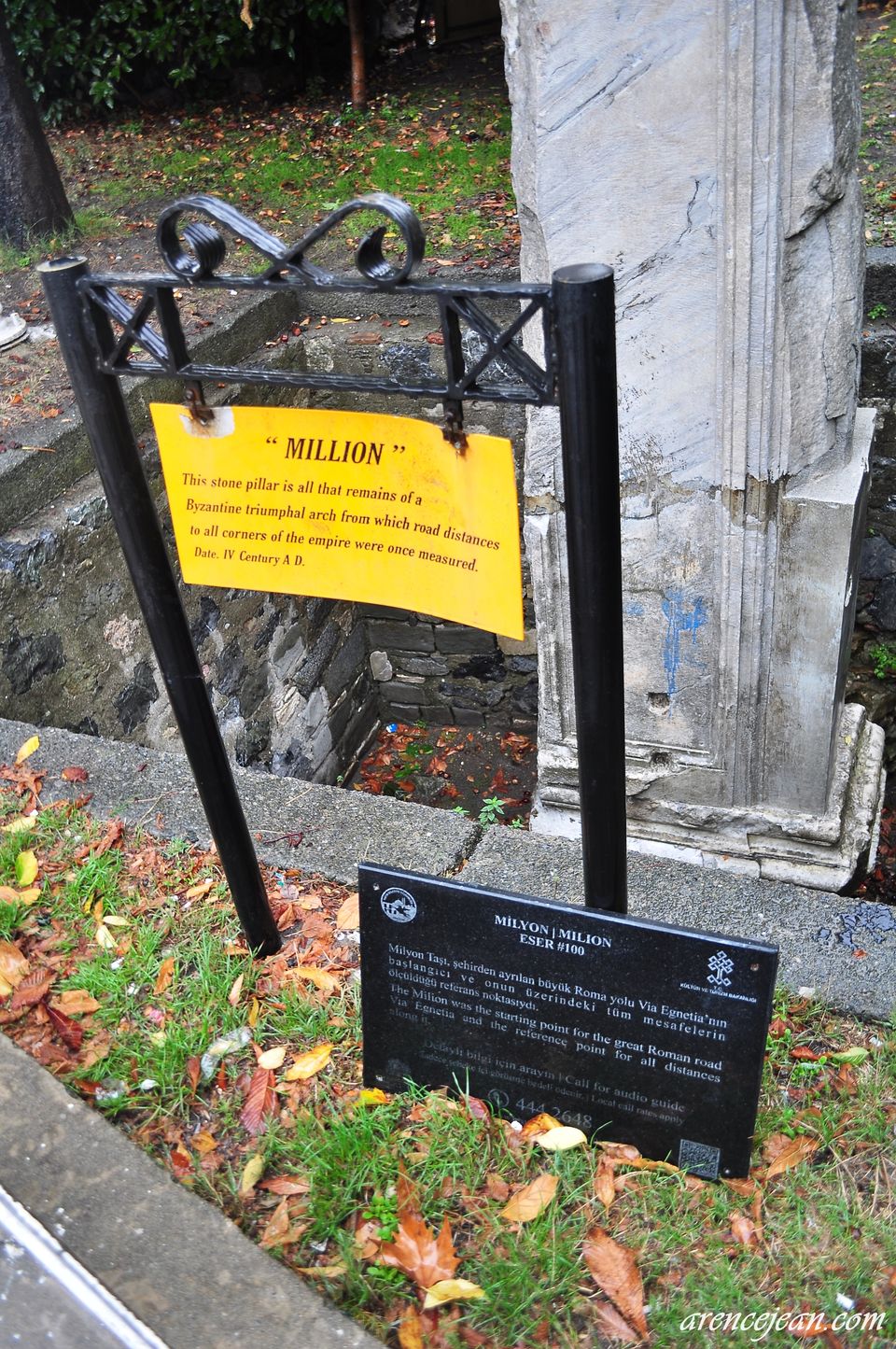
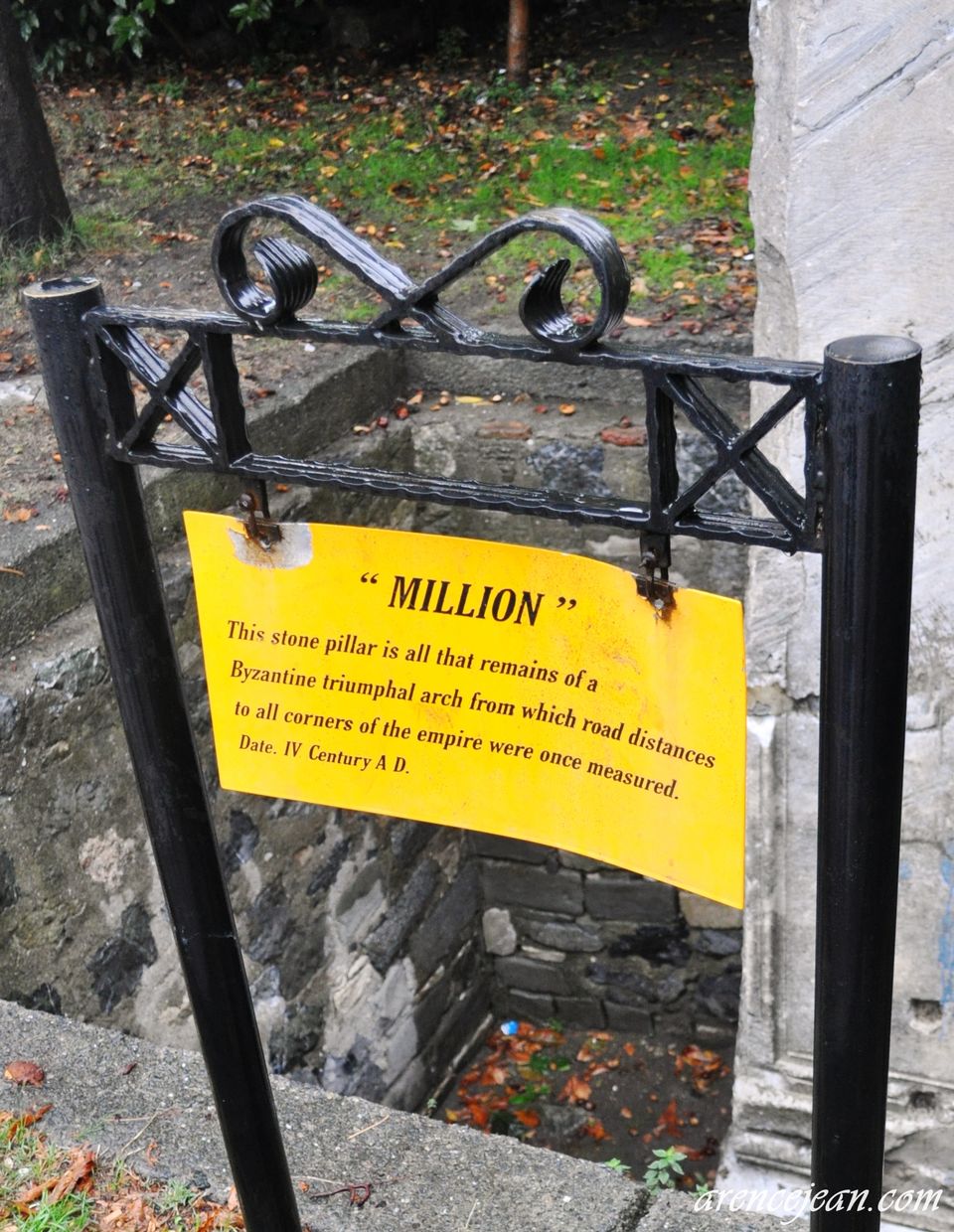
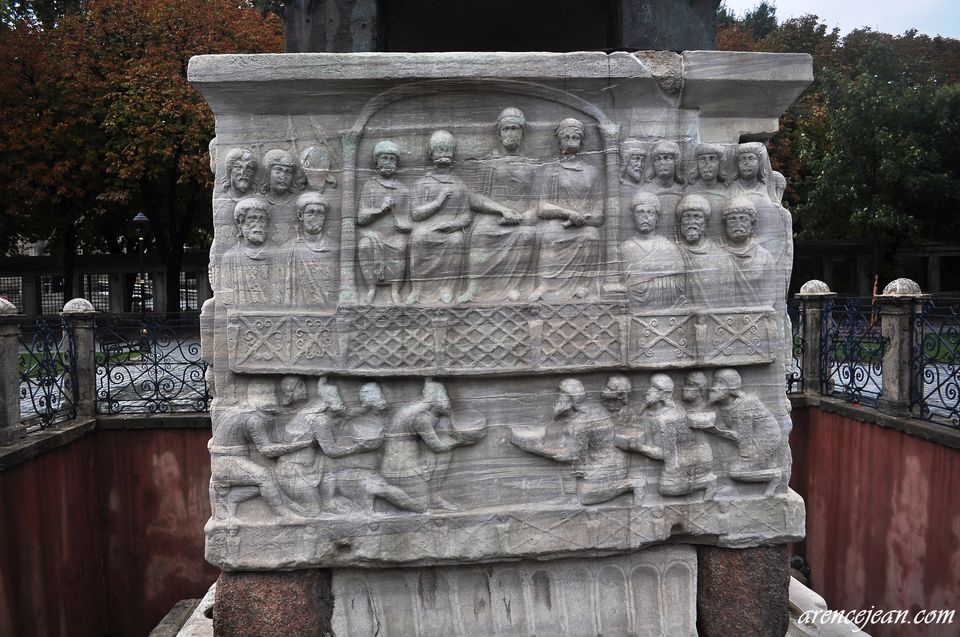
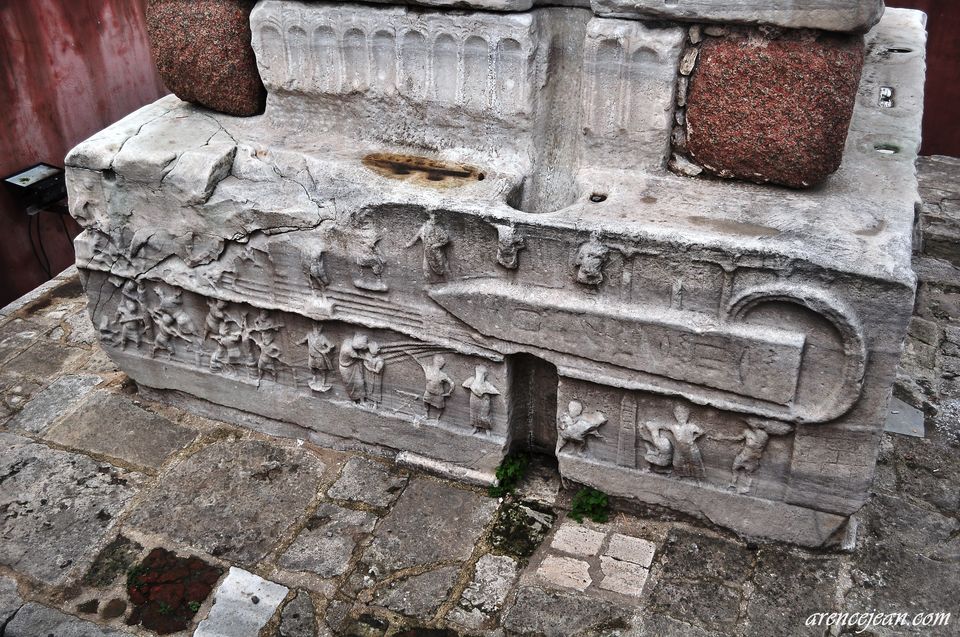
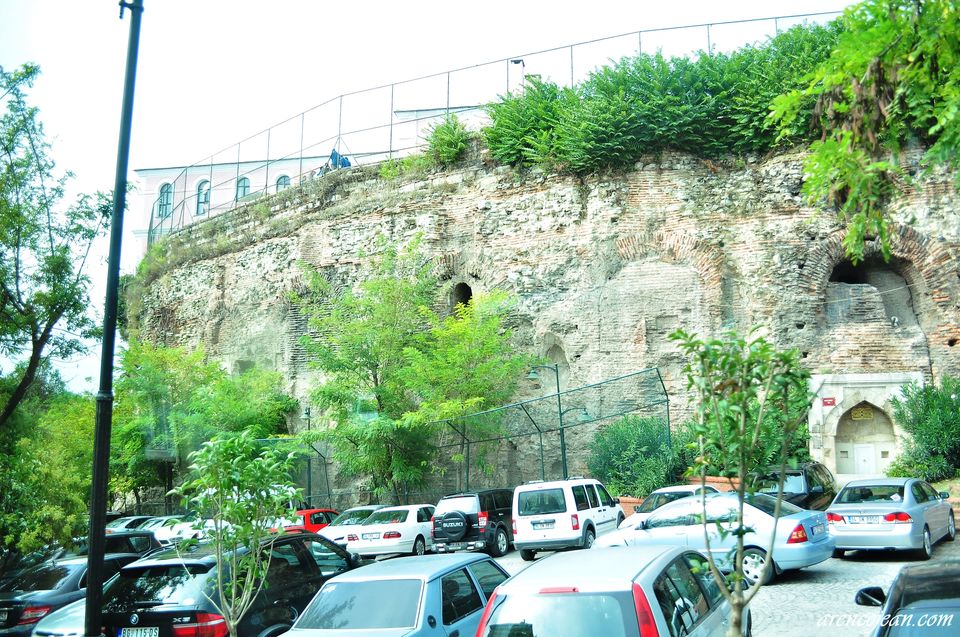
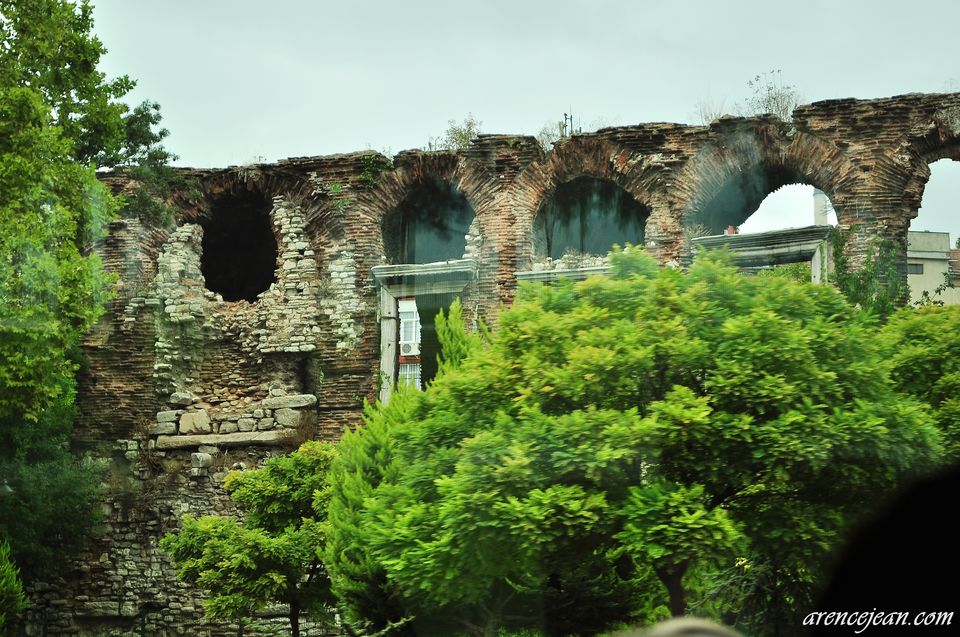
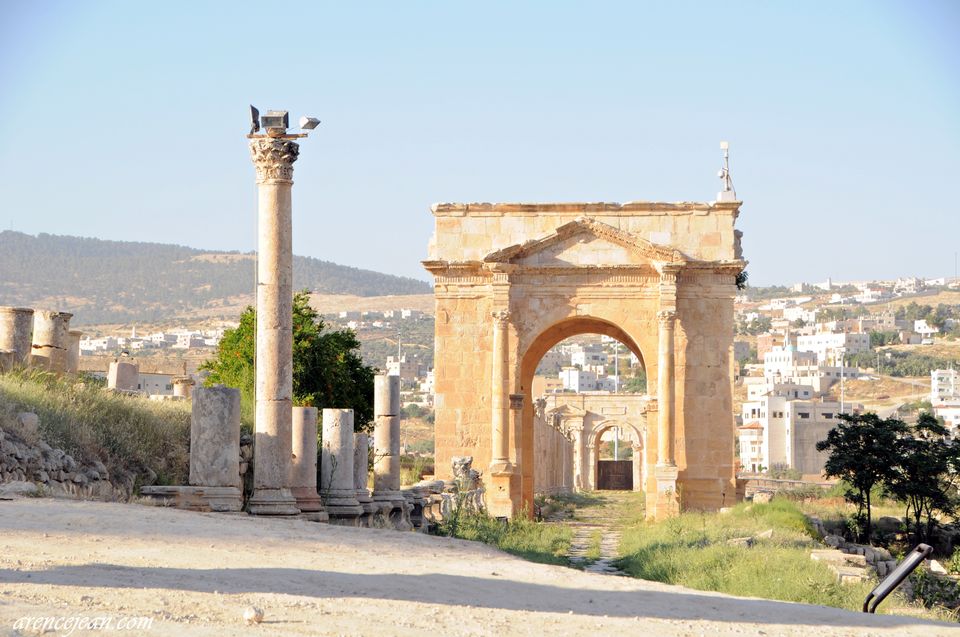
People say that if there’s one thing certain in this world, it is that it’s ever changing. An overused cliche I know – but a cliche that shouldn’t be taken lightly nonetheless. The world has seen empires rise and fall; people conquer and get conquered; cultures suddenly dominate and then in the same fashion rapidly disappear into oblivion. I believe there’s no other place in the world that can epitomize this perpetual play of destiny other than this great city along the Bosporus. As discussed in Places You Might Miss in Istanbul (Part 1), from Byzantium to Constantinople to Istanbul; from Greek to Roman to Byzantine to Ottoman to the Turkish Republic – this is one of the most dynamic city the Earth has ever seen. And for this same exact reason, we are on a mission to chase history or might it be safe to say, what little remains of it here in Istanbul People say that if there’s one thing certain in this world, it is that it’s ever changing. An overused cliche I know – but a cliche that shouldn’t be taken lightly nonetheless. The world has seen empires rise and fall; people conquer and get conquered; cultures suddenly dominate and then in the same fashion rapidly disappear into oblivion. I believe there’s no other place in the world that can epitomize this perpetual play of destiny other than this great city along the Bosporus. As discussed in Places You Might Miss in Istanbul (Part 1), from Byzantium to Constantinople to Istanbul; from Greek to Roman to Byzantine to Ottoman to the Turkish Republic – this is one of the most dynamic city the Earth has ever seen. And for this same exact reason, we are on a mission to chase history or might it be safe to say, what little remains of it here in Istanbul.
Milion of Constantinople
I was lucky to have the pension house I was staying at in the old city to be in the area where the largest concentration of important sites in Istanbul can be found – Sultanahmet. Located just a few meters away from the hippodrome, in the corner of Ucler Sokagi and Terazisi Sok streets, I could reach most of the sites on foot. Given this benefit of accessibility, I started walking in search of the site known as the Milion. It was the most important mile marker in the whole of the Byzantine/Eastern Roman Empire – a huge tetrapylon (a monumental structure, almost like a triumphal arch the difference being instead of 1, it was supported by 4 large arches topped with a dome) located near the old walls of Byzantium, at the beginning of the main colonnaded thoroughfare of Constantinople called the Mese. Walking past the tourists in the Hippodrome, I almost missed the location of what remains of this important landmark near the Hagia Sophia, almost beside the entrance to the Basilica Cistern. And here it was:
Just kidding! The picture above is my shot of the tetrapylon in Jerash/Ancient Gerasa, Jordan. I just put it in this post to give you an idea of what a tetrapylon looks like.
Built in the 4th century AD, the Milion was considered as the origin of all roads leading to the European Cities, and the starting point used to measure distances for all the roads leading to the cities of the Byzantine Empire which at its largest extent under Justinian the Great approximately spanned from modern day Spain in the West, to the borders of Iraq & Iran in the East, from Bulgaria to the North and to Egypt to the South. The structure survived the Ottoman Conquest in 1453 for about 50 plus years but what remains now is just the foundation of what once was a colossal building in the heart of Byzantine Constantinople. We’re chasing history now indeed!
Imagine how huge the Jerash/Ancient Gerasa tetrapylon is – but remind you, Jerash was just a provincial city – Constantinople was the capital of the most powerful empire on Earth at the time so the Milion was much larger, more lavishly decorated back on those days- it was even more complex than its older brother in Rome, the Milliarium Aureum.
The structure was crowned by the status of Constantine and his mother, Helena with a cross, and just like Constantine’s Statue atop his column in Cemberlitas, faced east. Behind them stood the Tyche (defined as the presiding deity that governed the destiny of its city; the daughter of Aphrodite and Zeus or Hermes) of the City. Justinian I added a sundial to it, subsequent emperors added more statuary to the lower parts and adorned with sculptures of Trajan, Hadrian, Theodosius II on horseback and a bronze Quadriga (chariot pulled by four horses) of Helios. The vaults of were painted with scenes from the past ecumenical councils and during the Iconoclastic period were replaced with chariot scenes from the Hippodrome.
The Milion now is definitely a far cry from what it was before and travelers usually don’t notice it given that its surrounded by the glorious Hagia Sophia or the famous Basilica Cistern. Only marked by a small sign board, we are very lucky to still have at least a remnant of its past glory and should not be missed.
Mosaics Museum
Unknown to most visitors in Istanbul is that almost the whole area of what is now Sultanahmet, from Sultanahmet Square down to Kennedy Caddesi, was once occupied by a vast, sprawling complex of palaces, its splendor added more onto by different generations of Byzantine Emperors, collectively known as the Great Palace of Constantinople. It was the largest, most beautiful palace in the whole of Europe from Late Antiquity to the Middle Ages, from which Emperors of the Byzantine/Eastern Roman Empire ruled most of the known world. The location of the oldest palace in the complex, the Daphne Palace built by Constantine the Great which connects directly to the Hippodrome, is now occupied by the beautiful Sultan Ahmed Mosque or more famously named the Blue Mosque. What just remains of this royal residence in this part of Sultanahmet, just a brief stroll down to Tavukhane Sok along Torun Sok, within the Arasta Bazaar, is a roofed section of what once was the pavement of a peristyle ( is a columned porch or open colonnade in a building surrounding a court) within the great palace. Unfortunately, when I went there, it was being renovated or something, so I wasn’t able to see the mosaics and take pictures of them. It is said that the surviving mosaic floors were filled with lively scenes of wild & domestics beasts, hunting and fighting all this within an area of 1872 square meters.
While we are in the subject of the Great Palace of Constantinople, here is another place in Istanbul rarely visited by tourists since it is not advisable to visit alone as they are usually inhabited by tramps. The only structure that remains of the the Great Palace which at least looks like a palace can be found along the main road on the Sea of Marmara side of Istanbul in Sultanahmet, Kennedy Cadessi. I was only able to snap photos of the place as our tour bus parked near it when it brought us to a local leather shop as part of the tour.
The Palace of Boukoleon or Bucoleon, named so due to statue of a bull and lion in its entrance from the palace’s private harbor which is now filled, is now, like the other sites in this post, just a shadow of its former splendor. It was once a maritime residence that formed part of the Great Place Complex earlier known as the Hormisdas Palace or the House of Justinian. What remains now is just a ruined stone work along the old sea walls of Constantinople, pierced by three vast windows framed in marble and near it a ruined tower which was the palace’s lighthouse, called the Pharos in Byzantine times.
Little Hagia Sophia/SS Sergius and Bacchus’ Church
Another not to miss site which I missed due to time constraints when I was in Istanbul is that of SS Sergius and Bacchus’ Church also known as the Little Hagia Sophia built on 527 AD under the orders of the same emperor who had the Hagia Sophia Built, Justinian the Great. The church is dedicated and named after two Christian saints who were Roman Centurions that converted to Christianity and were martyred for it (Bacchus dying during torture and Sergius beheaded) under the rule of Roman Emperor Galerius.
Found presently in the Fatih District of the Kumkapi neighborhood just south of the Hippodrome, the church is significant because it was likely a model and a trial version of the innovative plans to be used to build the great well-known church of Hagia Sophia. The contrast in the almost stark brick exterior and the recorded lavishness of the interior reflects the importance Christianity puts to the soul – it doesn’t matter what a person looks like from the outside, doesn’t matter if he is rich or poor; what matters is how beautiful one is from the inside.
The Hippodrome of Constantinople – Sphendone Section
The last site I’ll be discussing in part 2 of Chasing History: Places You Might Miss In Istanbul is the less known surviving structure of the Hippodrome or chariot & horse racing stadium of Constantinople. Many travelers see what remains of it in what is now an elongated public garden called Meydani where you can find some of the monuments that decorated the stadium’s spina (the central line of the stadium) such as the Serpentine Column, Egyptian Obelisk and the Column of Constantine Porphyrogenitus/Brazen Column. But by just taking a short stroll down Ibret Sokagi, you can see the proper ruins of the hippodrome itself, the curved end of the structure know as the Sphedone.
By seeing this section, one will be able to at least get the feel of how massive the Hippodrome was, able to seat at least up to 100, 000 people. What you can see is just the base part of the public building but in the past, it was lined by numerous columns that soared high in Constantinople’s skyline. There are chambers within it but they are not open to the public. The Sphedone area was the most exciting part of the stadium during races as it was in this curved part where most chariots crashed due to the sharp turn they needed to make along the spina, I believe I once read that this section was usually occupied by the citizens of lower status due to the safety issues it had for audiences. It was also where public executions where carried out during the empire’s heyday.
That’s it for the part 2! I hope in one way or another, it can help you and other of our fellow history buffs and travelers to appreciate more these underrated sites in Istanbul/Constantinople.
Frequent Searches Leading To This Page:-
things to do in turkey for couples, adventurous things to do in turkey, turkey family adventure holidays, 5 offbeat things to do in turkey, things to do in turkey for couples, food not to miss in turkey, what is famous in turkey, places to visit in turkey istanbul, top turkey tour packages with price
Frequent Searches Leading To This Page:-
things to do in turkey for couples, adventurous things to do in turkey, turkey family adventure holidays, 5 offbeat things to do in turkey, things to do in turkey for couples, food not to miss in turkey, what is famous in turkey, places to visit in turkey Istanbul, top turkey tour packages with price







